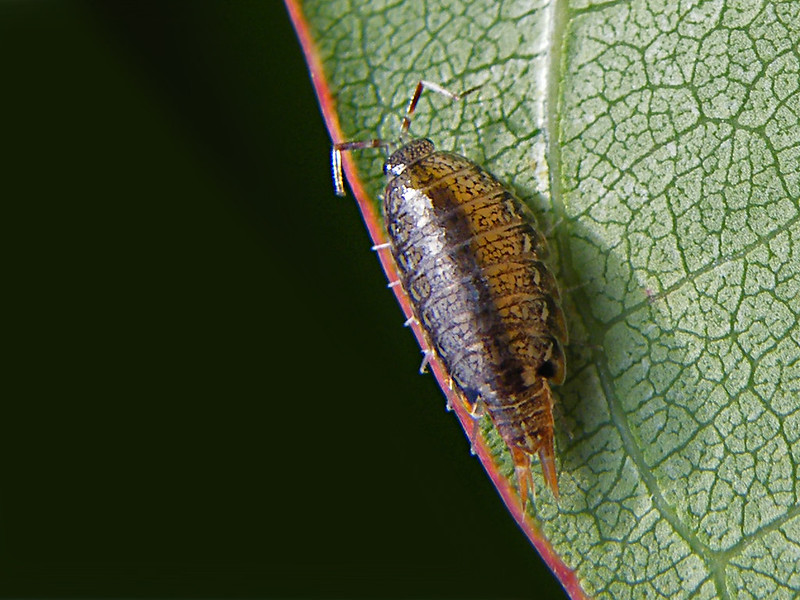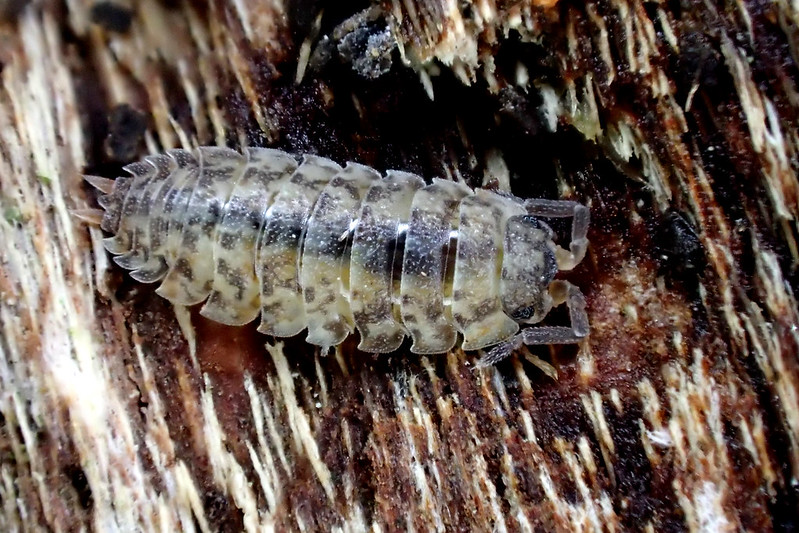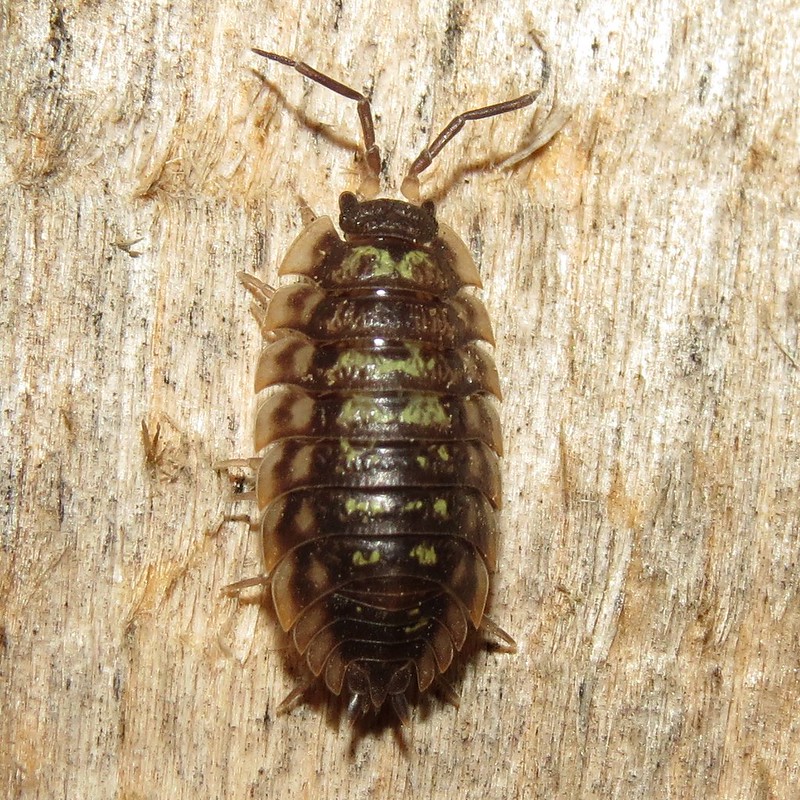More closely related to shrimp than to insects, they live out their entire lives on land. Because sowbugs do use gills to breathe, however, they need highly moist or humid environments.
In addition, sowbugs prefer dark and soil-rich environments, and will do their best to hide from light. For this reason, you will commonly find sowbugs under tiles, flower pots, or within the soil surrounding plants. When sowbugs invade a home, these crawling bugs, which cannot fly, are most likely to be found in ground-level areas such as basements and crawl spaces. They may emerge from their hiding places to scavenge at night, and that offers another opportunity to spot them.
How do you identify sowbugs? Thankfully, their unique appearance makes the job quite easy. The only complication lies in the fact that pillbugs are quite similar, and many people confuse the two.
What Do Sowbugs Look Like?
Sowbugs can be found all over the United States. In their adult forms, they:
- Measure between six and 15 millimeters in length, and tend to have a width of up to eight millimeters
- Have a deep gray color on top, and a faded gray color on their undersides
- Can be recognized by a large number of “armored” segments that indeed make sowbugs resemble armadillos — hence their nickname “armadillo bug”
- Have two long and sharp-looking segments at their rear ends, which look a bit like tails
- Feature long and multi-segmented antennae, and although they have four in total, you are only likely to see two
- Have seven pairs of legs, unlike insects, which have six legs
Immature sowbugs, which hatch from eggs after being carried on the mother’s body, look similar to adults, but are smaller.
What’s the Difference Between Sowbugs and Pillbugs?
Sowbugs and pillbugs belong to the same family of crustaceans, both being isopods. Because they are so similar in shape and color, they are often confused. Telling them apart is not made any easier by the fact that pillbugs and sowbugs thrive in identical environments and eat the same things. If you have been curious whether the bugs in your garden or home are sowbugs or pillbugs, there are a few easy ways to tell the difference:
- Pillbugs can grow slightly larger than sowbugs, with some reaching a length of up to two centimeters
- Pillbugs, although also predominantly gray, may have a brown hue
- The shape of a pillbug’s body is somewhat rounder than that of a sowbug, and ticker as well
- While sowbugs have characteristic appendages, often described as tails, protruding from their backsides, pillbugs do not possess this feature
Perhaps the most easily observable difference between sowbugs and pillbugs is, however, the fact that pillbugs have the ability to roll up into a ball-like shape when they are threatened. This has earned them the nickname “rolly pollies”. If you’re wondering if the bugs you’re looking at are pillbugs or sowbugs, give them a (gentle!) poke, and see if they roll up.
How Do I Know if I Have Sowbugs?
It is important to note that sowbugs may be considered a nuisance, but they pose no threat to human health. They do not bite, sting, or spread any diseases, they are not poisonous, and they do not provoke allergic reactions. They can, however, smell unpleasant — like urine. Although sowbugs are scavengers who look mainly for decaying plant matter, they can also damage seedlings and cucumbers.
In your garden, you may find sowbugs by lifting objects like tiles and buckets up; these will be their hideouts during the day. You could also, occasionally, spot sowbugs around your plants or mulch, or you may see them crawling around at night.
Within the home, you are most likely to find sowbugs in basements, crawl spaces, and perhaps garages. These areas of the home are simultaneously most likely to be dark and humid, and accessible to sowbugs.
Fortunately, it is not difficult to get rid of sowbugs in the home. Lowering humidity levels, taking care of leaks, and sealing up any cracks will do the rick.
Citations and Credits


